The Evolution of Design: How Mercedes-Benz is Redefining Automotive Aesthetics
Introduction
In the realm of luxury automobiles, few brands evoke as much prestige and admiration as Mercedes-Benz. With a legacy spanning over a century, the iconic German manufacturer has consistently pushed the boundaries of automotive design, intertwining innovative technology with artistic expression. This article delves into the evolution of design at Mercedes-Benz, exploring how the company is redefining automotive aesthetics in the 21st century.
The Origins of Mercedes-Benz Design
The Birth of an Icon
Mercedes-Benz was born from the fusion of innovation and luxury. Founded in 1926 through the merger of Karl Benz’s Benz & Cie and Gottlieb Daimler’s Daimler-Motoren-Gesellschaft, the early models set the foundation for a brand synonymous with quality, performance, and pioneering spirit. The design principles from this era were characterized by elegant lines, graceful curves, and a commitment to advanced engineering.
The Art of Design in the Pre-War Era
In the pre-war period, Mercedes-Benz established itself as a symbol of automotive sophistication. Models like the 540K showcased not only technical mastery but also a commitment to aesthetics. The flowing shapes were designed to enhance aerodynamics while softening the harshness of mechanical components. This melding of form and function became a signature of the brand.
The Post-War Renaissance
Rebuilding and Innovation
The aftermath of World War II presented significant challenges for Mercedes-Benz. In the 1950s, the company rebuilt its reputation through iconic models like the 300SL “Gullwing.” The distinctive doors and sleek profile captured the imagination of car enthusiasts worldwide. This period emphasized performance alongside aesthetic innovation, setting the tone for future designs.
The Influence of Jet Age Design
During the mid-20th century, the influence of aviation and space exploration brought a new visual language into the automotive world. Mercedes-Benz embraced this shift, incorporating elements that evoked speed and futuristic aesthetics. The design language of vehicles began to reflect a new era of optimism and technology, characterized by bold shapes and streamlined forms.
The Contemporary Era of Design
The Design Language of Sensual Purity
By the turn of the millennium, Mercedes-Benz introduced the concept of "Sensual Purity." This design philosophy emphasizes a harmonious blend of quality, elegance, and sportiness. Models such as the CLS, launched in 2004, perfectly embodied this approach with its coupe-like silhouette and flowing body lines. This marked a departure from the more traditional boxy designs of the past, allowing for a more dynamic appearance.
The Role of Digital Tools
As technology evolved, so did the design process at Mercedes-Benz. The introduction of computer-aided design (CAD) revolutionized the way vehicles were conceptualized. Designers could iterate more quickly on ideas, allowing for greater experimentation. Digital tools also facilitated collaboration among global teams, leading to innovative approaches in aesthetics and functionality.
The Impact of Sustainability on Design
A Shift Towards Eco-Friendly Materials
With the growing emphasis on sustainability, Mercedes-Benz has sought to redefine its design ethos. The company is increasingly adopting eco-friendly materials in its vehicles. From recycled plastics to sustainably sourced wood, the aesthetic choices reflect a commitment to the environment that appeals to eco-conscious consumers while maintaining luxury appeal.
Electric Mobility and Design
The shift towards electric mobility has opened a new chapter in automotive aesthetics. Models like the EQ series represent a bold step forward. The EQS, for instance, features a sleek, aerodynamic design that prioritizes energy efficiency and modernity. The distinctive “black panel” front grille and expansive digital screens set a new standard for what electric luxury vehicles can look like.
The Role of User Experience in Design
Interior Design and Technological Integration
As automotive design continues to evolve, the focus is increasingly on the user experience. Mercedes-Benz has revolutionized the interior of its vehicles, transforming them into sophisticated living spaces. High-quality materials combined with state-of-the-art technology create an inviting atmosphere. The MBUX (Mercedes-Benz User Experience) system epitomizes this transformation, seamlessly integrating interface design with functionality.
Interactive Surfaces and Personalization
Another notable trend is the increasing use of interactive surfaces and screens. Models like the new S-Class showcase expansive displays that extend across the dashboard, merging digital and analog elements. This trend not only enhances the aesthetic appeal but also allows for extensive personalization in how users choose to interact with their vehicle.
The Influence of Cultural Shifts
Design Reflecting Social Values
As society’s values evolve, so too does automotive design. Mercedes-Benz has proactively engaged in conversations about gender equality, diversity, and inclusion through its marketing and design philosophies. By embracing a broader representation of cultural narrative, the brand’s aesthetics speak to contemporary ideals while maintaining timeless elegance.
Collaboration with Artists and Designers
Mercedes-Benz has also ventured into collaborations with contemporary artists and designers, exploring unique perspectives in automotive aesthetics. These partnerships have breathed new life into vehicle design, offering customers a chance to own something that transcends traditional automotive values.
The Future of Mercedes-Benz Design
Anticipating Trends and Influences
Looking ahead, Mercedes-Benz aims to lead the charge in flexible, sustainable design that adapts to the changing landscape of consumer preferences. The company is keen to anticipate what future generations will value in their vehicles, from enhanced connectivity to further sustainable practices.
Autonomous Driving and Its Aesthetic Implications
The prospect of autonomous driving also poses questions for automotive design. As vehicles may no longer need traditional controls, the interior space could be reimagined as mobile lounges or workspaces, significantly altering the aesthetic priorities of future models.
Conclusion
Mercedes-Benz stands as a beacon of innovation, artistry, and luxury in the automotive world. The brand’s evolution of design reflects a profound understanding of cultural shifts, technological advancements, and the importance of sustainability. As Mercedes-Benz continues to redefine automotive aesthetics, it remains unwavering in its commitment to creating vehicles that not only perform exceptionally but also captivate the imagination. The journey of design at Mercedes-Benz is not just about building cars; it is about crafting experiences that harmonize with the essence of humanity’s pursuit of beauty and expression in motion.
Footnotes
- Mercedes-Benz design principles from 1926 to the present day explored through various historical archives and vehicle design specifications.
- Case study on the impact of the 300SL “Gullwing” model in shaping luxury sports cars and design language.
- Analysis of the Sensual Purity concept and its implications on automotive aesthetics.
- Review of digital tools and CAD technology in modern automotive design.
- Sustainability initiatives at Mercedes-Benz, including materials and production processes.
- Examination of MBUX interactive interface and its influence on user experience within the vehicle.
- Cultural influences on automotive design, focusing on gender, diversity, and decentralization of design narratives.
- Trends in collaborations between automotive brands and contemporary artists.
- Insights into future automotive design trends, focusing on electric mobility and autonomous driving.
This exploration into the evolution of Mercedes-Benz design illustrates not only the manufacturer’s storied past but also its ambitions for the future of the automotive landscape. The synthesis of engineering excellence and artistic ambition positions Mercedes-Benz at the forefront of redefining what it means to drive in style in a changing world.















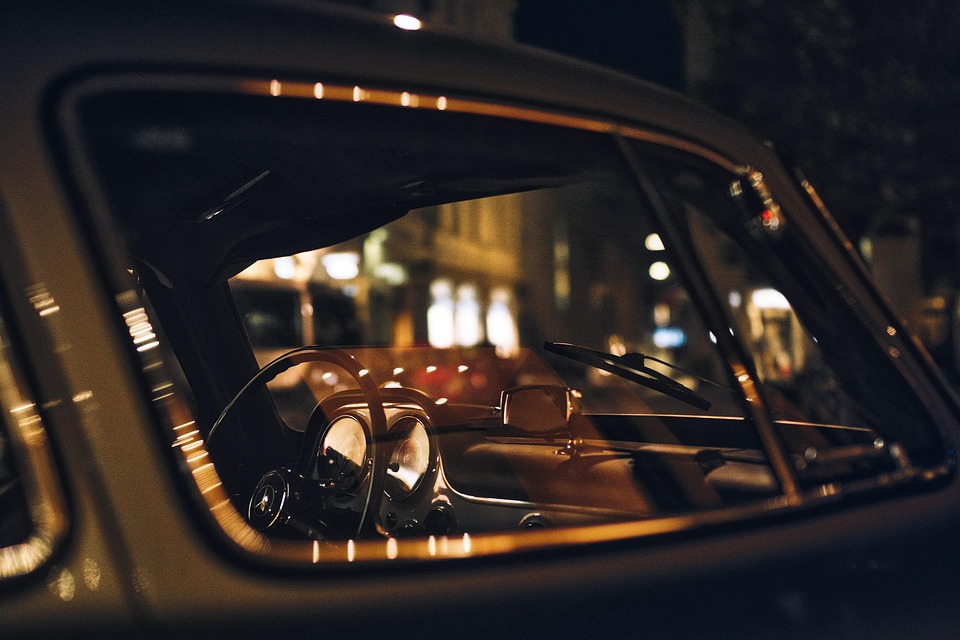
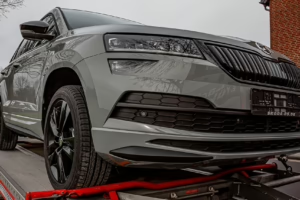
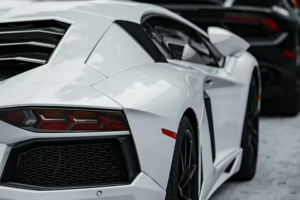

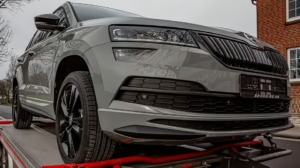
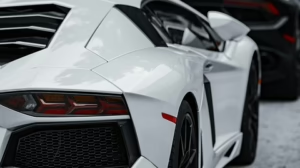





Add Comment